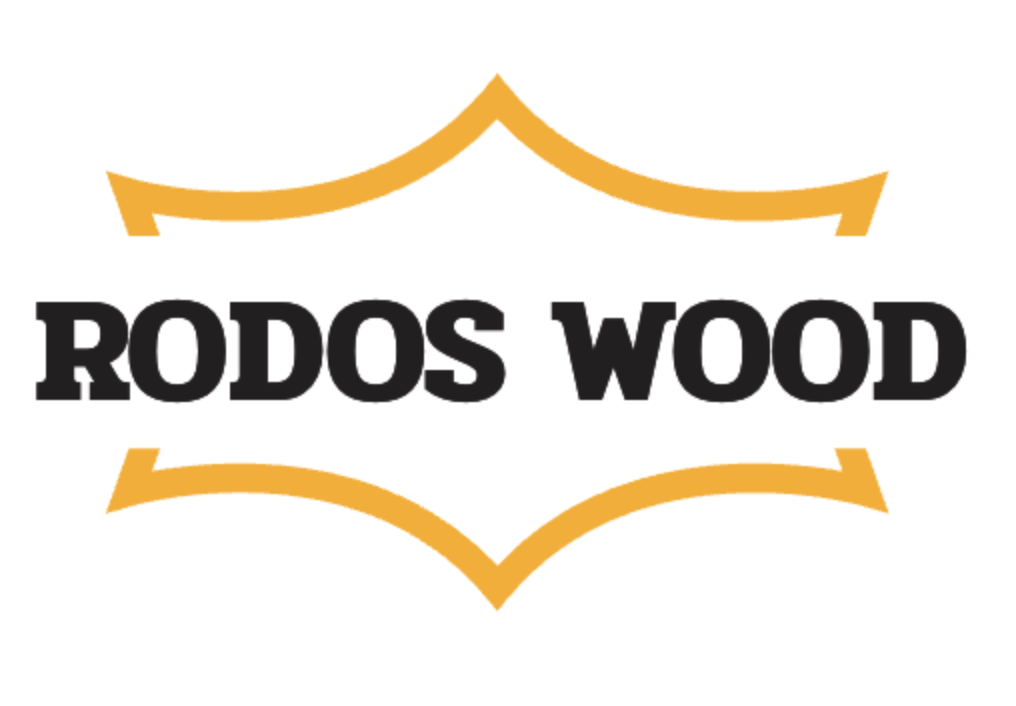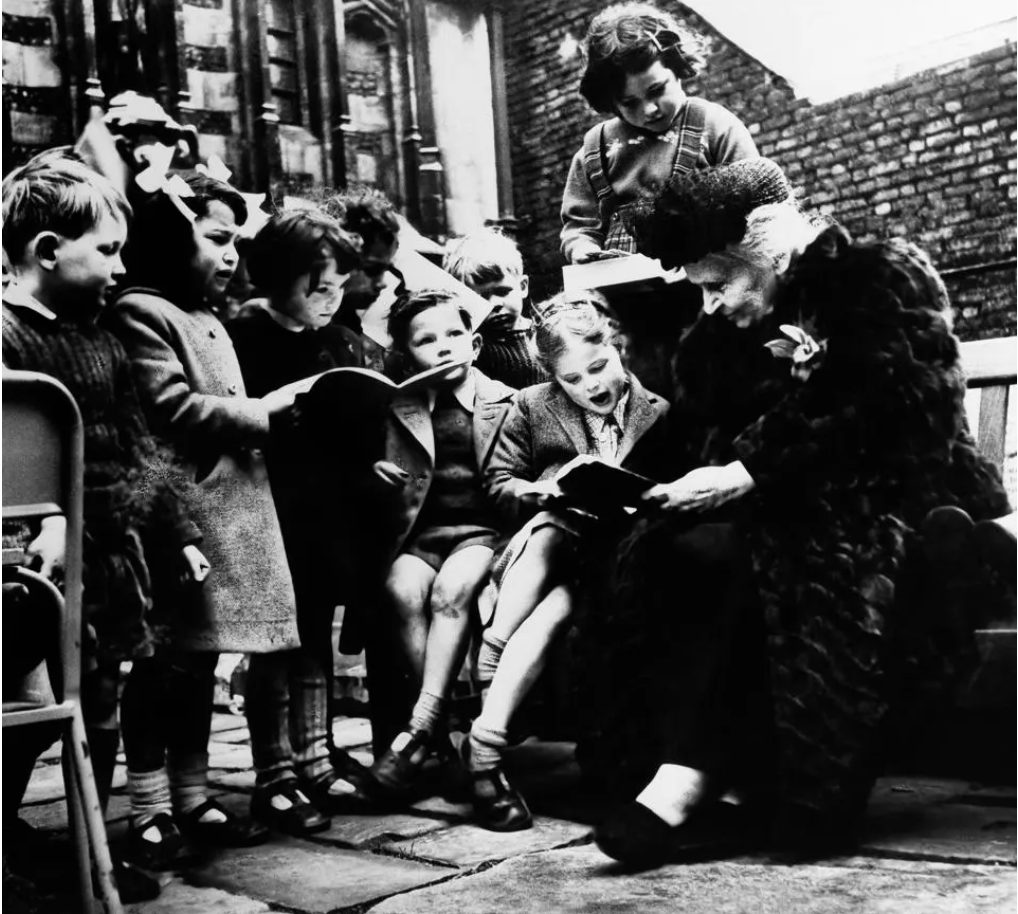Dr. Montessori developed her educational philosophies, including classroom setups and materials, based on her scientific observations. She identified six distinct stages of child development: from birth to age three, ages three to six, ages six to nine, ages nine to twelve, ages twelve to fifteen, and ages fifteen to eighteen. Montessori believed that children's learning naturally progresses through these stages rather than being confined to traditional grade levels.
Consequently, Montessori classrooms are organized by age groups; for example, Pre-K3, Pre-K4, and kindergarten students learn together under the guidance of a teacher qualified for those age ranges. This grouping allows for varied learning paces, helping to prevent students who develop more slowly from being labeled as behind their peers. Dr. Montessori emphasized the importance of recognizing each child’s individuality, which she believed led to improved learning outcomes. Therefore, self-directed learning, where students choose their activities from a range of carefully curated materials, is a core aspect of the Montessori approach.
In many ways, the Montessori method contrasts sharply with conventional schooling. Students often do not sit at desks or tables for most of the day, are not expected to follow teachers' instructions to the letter, and are not constantly given directives on what to do. A Montessori classroom is meant to be a calm and orderly environment, and research indicates that the success of the Montessori method largely relies on its faithful implementation, whether in public or private settings.
Typically, Montessori classrooms feature child-sized furniture that students can move freely, spacious areas allowing for movement, and accessible bookshelves. Each shelf contains a sensory-oriented activity that corresponds to a developmentally appropriate lesson or skill. The easiest lesson is located on the top shelf, while the most challenging is on the bottom. Although students can access all materials, they may not engage with an activity unless they have received a demonstration from the teacher. Furthermore, they cannot skip ahead to the hardest tasks; to advance to a new shelf, they must demonstrate their understanding of the previous activity to the teacher, which often includes teaching it to a peer.
Dr. Montessori believed in children’s ability to maintain prolonged focus, which is why her method encourages long blocks of independent work—typically around three hours—where students engage in lessons of their choosing. During this uninterrupted work time, a teacher may observe and assess students without interruption, taking detailed notes on their academic performance and social interactions.
She also noted that children are sensitive to their surroundings and concentrate better in orderly environments. Dr. Montessori believed that when students take responsibility for their classroom, they are more likely to engage meaningfully with their learning. Therefore, practical care lessons, such as sweeping and preparing snacks, are integral to the Montessori method. These activities foster self-reliance, civic responsibility, and focus. For example, if students decide to wash dishes after snack time, they follow a step-by-step process, allowing the teacher to evaluate their ability to complete tasks without getting distracted.
The Opportunity Gap and Growth of Public Montessori Programs
Addressing the achievement gap—disparities in academic outcomes between predominantly white, middle-class students and low-income students of color—has been a central focus of education reform. However, the opportunity gap—the disparities in learning opportunities, resources, and experiences available to low-income students—greatly affects the achievement gap. Many low-income students have access only to the rigid, one-size-fits-all model common in traditional public schools, which may not cater to their needs or interests. Public school choice initiatives have led to the establishment of diverse educational options, helping to bridge some aspects of this opportunity gap.
As of 2015, around 300 of the approximately 500 public Montessori programs in the U.S. were independent schools, while about 200 were specialized programs within non-Montessori schools. Dr. Mira Debs of Yale University has researched public Montessori programs and compiled data on these independent institutions. Almost all are schools of choice that use a lottery system for admissions. Notably, of the 168 independent public Montessori schools established between 2000 and 2015, 82% were charter schools.
Without public school choice, low-income children in the U.S. had limited access to Montessori education. However, due to the method's appeal to middle-class families, competition for seats in open-enrollment public schools has intensified. Public Montessori schools generally enroll a similar proportion of students of color as found in all U.S. public schools and, for the 2012-2013 school year, a higher percentage of African-American students. However, they tend to enroll fewer low-income students compared to the national average. That same year, 54% of Montessori students attended racially diverse schools, defined as those where students of color make up 25% to 75% of the population, in contrast to 40% of all public school students. Yet both district-operated and public charter Montessori schools enroll fewer students of color and low-income students than the districts they are situated in.
Enrollment processes in Montessori schools often present equity and access challenges, with few districts offering a universal enrollment system. In districts with universal enrollment, such as Washington D.C., Denver, and New Orleans, parents complete a single application encompassing all district-operated and charter schools as part of a district-wide lottery. Families rank their preferred schools, and an algorithm assigns students to available seats.
Many district-operated Montessori schools benefit from being part of a magnet system that allows parents to fill out one application for multiple schools. However, applications for charter schools in districts lacking a universal enrollment system typically must be sent to each school individually, making it difficult for low-income parents with limited knowledge and time to navigate the application process.
Additional barriers also exist for public Montessori schools—both district and charter—especially in districts without universal enrollment. Some schools require parents to tour the campus before applying or to hand-deliver applications rather than mailing them. Furthermore, many schools do not provide transportation, which can pose challenges for low-income families.
Montessori education emphasizes the importance of early enrollment, but in states that do not fund preschool, families must pay tuition for the initial Montessori years. Many schools do not prioritize these students in kindergarten lotteries, which may unintentionally send an unwelcoming message to low-income families. Moreover, due to the nature of Montessori education, most schools do not accept students after first grade unless they have previously attended a Montessori program, resulting in a narrow window for parents to apply.
Lottery preferences, which give priority to certain applicant groups, also influence enrollment demographics. For instance, schools that reserve spots for low-income students increase the likelihood of socio-economically diverse populations. However, when choice systems do not incorporate methods of “controlled choice,” other preferences can skew enrollment towards middle-class students. Among the 300 public Montessori schools, various lottery preferences exist, including neighborhood, school employee, founding board member, district employee, military, and “principal’s list” preferences. The most common preference is sibling preference, which increases the chances of acceptance for siblings of current students. While sibling preference helps keep families together and eases transportation logistics, it can hinder efforts to achieve diversity once an enrollment trend shifts.
For example, Lee Montessori Public Charter School, a diverse public charter institution in a mixed-income area of Washington, D.C., faces challenges. The universal enrollment system allows for sibling preference but not low-income preference. As headmaster Chris Pencikowski explained, “We are inundated with middle and upper-income families who are interested in a free, quality education for their children... If we have five seats available and receive 500 applications from affluent families and only 60 from low-income families, it's unlikely those seats will go to low-income applicants, particularly if affluent families already have children enrolled.” Despite recruitment efforts, the school has struggled to maintain more than 40% low-income enrollment. Recently, the school received permission to open a new campus, deliberately locating in a historically underserved neighborhood to revive its mission of making Montessori education accessible to all families.
Attracting low-income families has proven challenging for some Montessori schools. Many low-income parents are unfamiliar with the Montessori model, which contrasts sharply with the structured education approach they have been led to believe is the path to success for their children. Montessori schools could address these misconceptions by highlighting their academic success. Research has shown that Montessori students exhibit higher levels of executive functioning skills, such as self-discipline and critical thinking. Studies also indicate that students from Montessori elementary schools outperform peers on high school exams. While current research on Montessori education often lacks analysis by race and income, recent findings suggest positive outcomes for African-American students in public Montessori programs compared to peers in traditional public schools.
Although further research is needed, the Montessori method may prove effective in narrowing the achievement gap. Nevertheless, the expansion of public school choice has already begun to close the opportunity gap by providing low-income families with access to Montessori education.


Share:
Montessori Playroom: 10 Tips to Create the Perfect Montessori Play Area